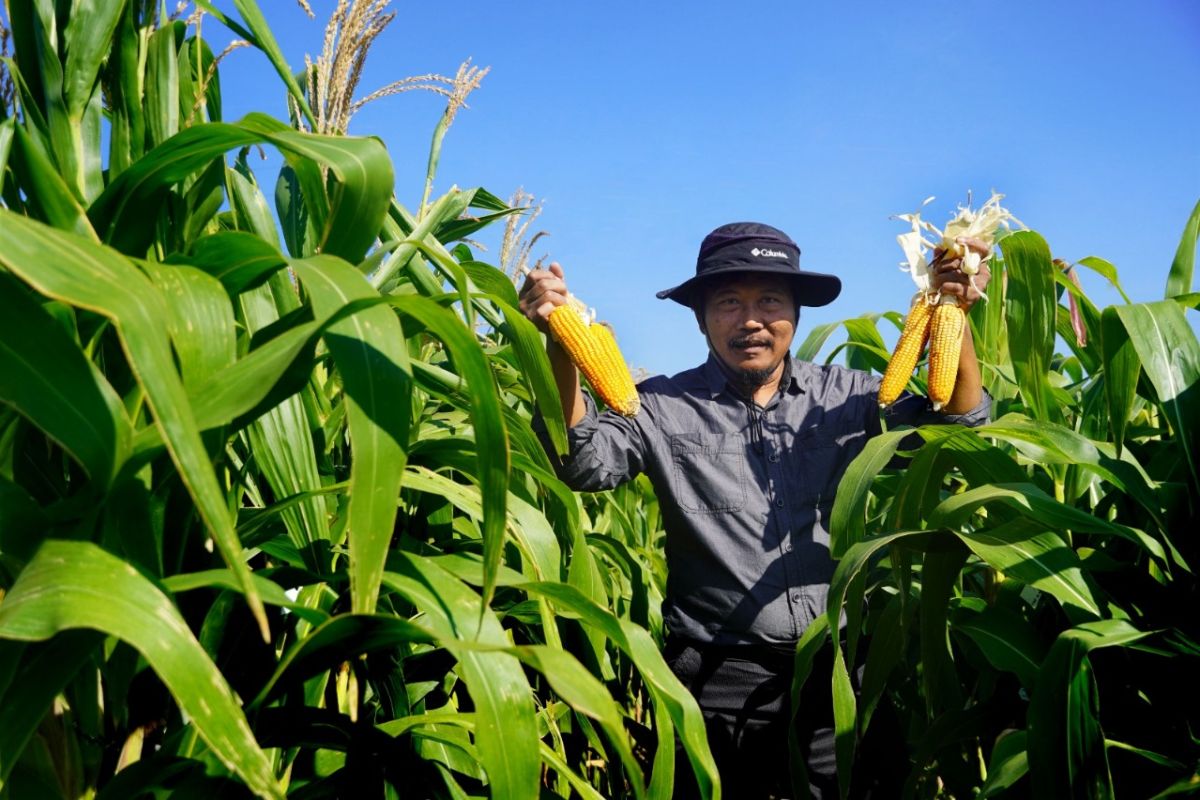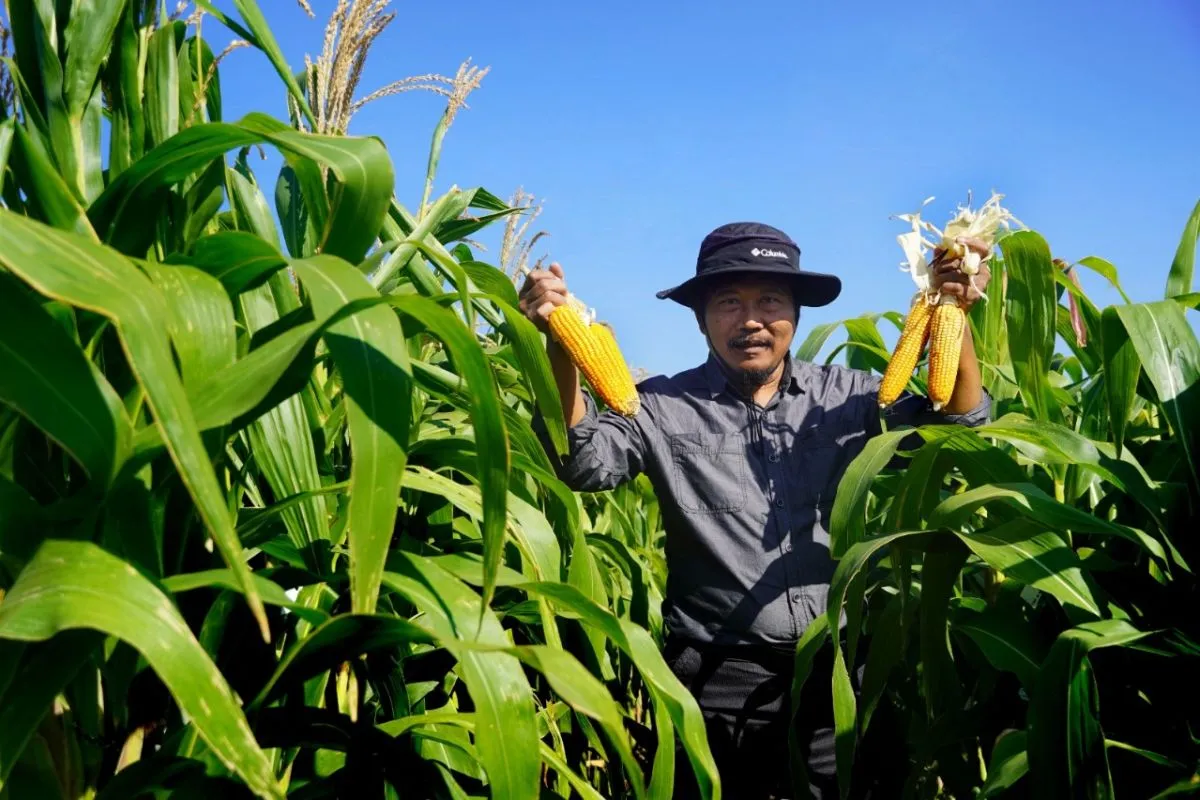Malang, E Java (ANTARA) - An expert from the Faculty of Agriculture of Brawijaya University, East Nusa Tenggara (NTT), Prof. Arifin, has developed hybrid corn seeds for animal feed that have a high yield and faster harvest cycle.
"If corn productivity in general only reaches 9 tons per hectare, then by using Jagung Brawijaya Nusa seeds, the increase in productivity can reach above 30 percent," Arifin informed here on Friday.
Two types of seeds, namely Nusa 1 and Nusa 3, have been developed as part of the innovation. Both have higher productivity compared to regular corn seeds.
"Brawijaya Nusa corn seeds can produce up to 12.9 tons (of corn) per hectare and 13.7 tons per hectare compared to corn seeds in general, which are only 9 tons per hectare," he said.
Initially, five types of seeds were proposed, but only two passed the test of the Ministry of Agriculture. The seeds were found suitable for dry land areas, such as in NTT, particularly Sumba and Timor, according to him.
"NTT is a potential area for planting corn ... but its productivity is still low. If the national average production is 5.8 to 5.9 tons of corn per hectare, in NTT, it is only 2.3 tons per hectare," he pointed out.
Therefore, the innovative technology from the Maize Research Center (MRC) is expected to boost the national production of corn for animal feed. The process of creating the hybrid seeds began in 2022 at NTT. Arifin and his team then introduced the seed producing and cultivation technology to local farmers.
This year, the farmers started to see added value from the field corn seeds.
Baca juga: Ahli hukum berharap menkumham baru tak buat kebijakan strategis
Baca juga: Brawijaya University researcher develops honey-processing tech
"However, we need to cooperate with the private sector because the seeds, varieties, and technology were from the university, but for the business to be managed properly, it is necessary to collaborate with the private sector by involving the farmers," Arifin said.
He added that the corn developed in NTT is a sweet and glutinous type of field corn.
"We call it field corn because 70 percent of it is used for feeding cattle, but it does not mean that it cannot be consumed by humans. Like (people) in Africa, Indonesian people are using corn as staple food, such as in Madura and the eastern part of the country," he said.


